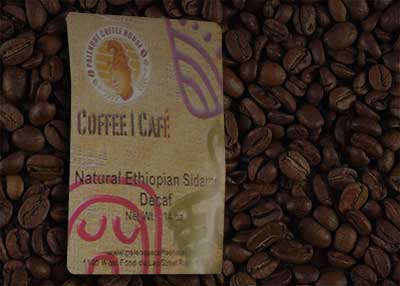Bourbon Coffees of Africa

Another single-origin coffee that is worth exploring as we spend our time on Africa is coffee that comes from the Bourbon line of coffees. You’ll recall that “Bourbon” coffees were first introduced to the island of Reunion by French missionairies; the tree quickly mutated and the type of coffee became its own “brand,” essentially. Now, Bourbon coffees are grown throughout Africa, particularly in the following regions:
Reunion Bourbon: The Bourbon plants actually produce a lot of fruit. The Reunion Bourbon could be considered the purest form of Bourbon coffee as this is where the coffee tree first mutated into its current form. The former Isle of Bourbon – now called Reunion – is off the eastern coast of Madagascar, far out in the Indian Ocean.
- Bean description: Described as sweet and nutty, the beans of Reunion Bourbon also come from a greater yield per tree than the Typica tree, the other major Arabica tree used throughout Africa.
Africa Magayuez Coffee: Grown in Rwanda, this type of coffee is often compared to the type grown in Kenya. It is known for having a good creamy body with both the sweetness of Yirgacheffe and the acidity of Kenyan coffees.
- Bean description: The aroma of this bean could best be described as “pleasant” – as it should be. There’s also a hint of citrus that surprises many people, which keeps the taste of the bean clean and energizing.
Burundi Bourbon: The Burundi region is actually along the Nile-Congo watershed, with the political borders of Burundi pitting it next to Tanzania, Rwanda, and the Democratic Republic of the Congo. There is a lot of Burundi Bourbon that comes out of this region considering how small it is, and the coffee grown there tends to be up to two kilometers above sea level. Political issues in the Burundi region may make this type of coffee more difficult to get in coming years.
- Bean description: The Bunundi Bourbon coffee bean is typically considered a great variation on the Bourbon considering the quality of the soil and the elevation in which it’s grown. The bean is often compared to Magayuez coffee.





